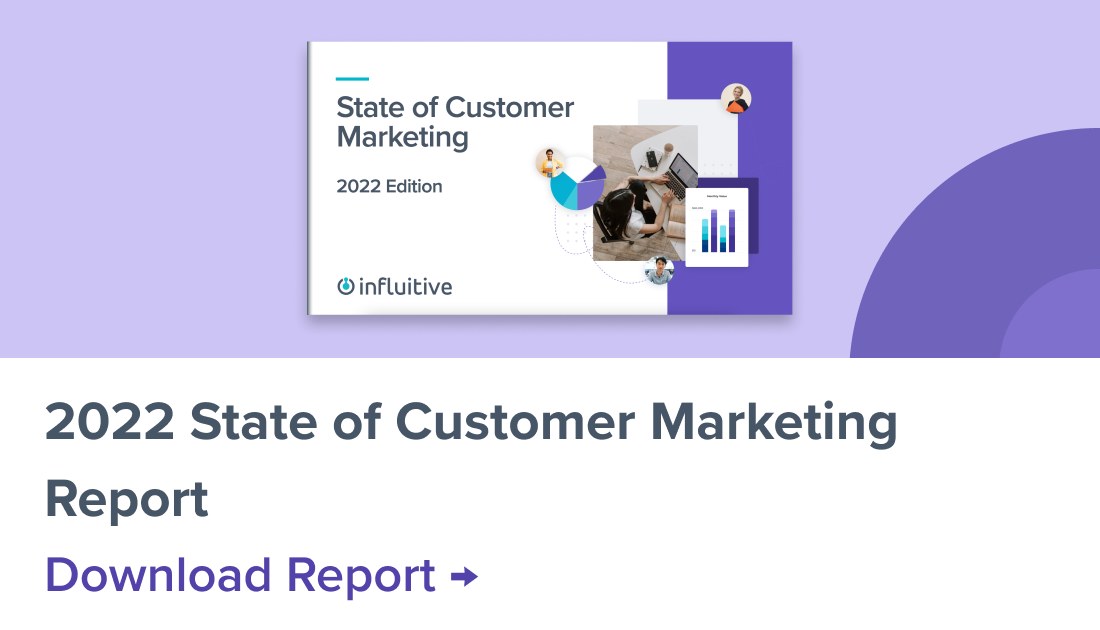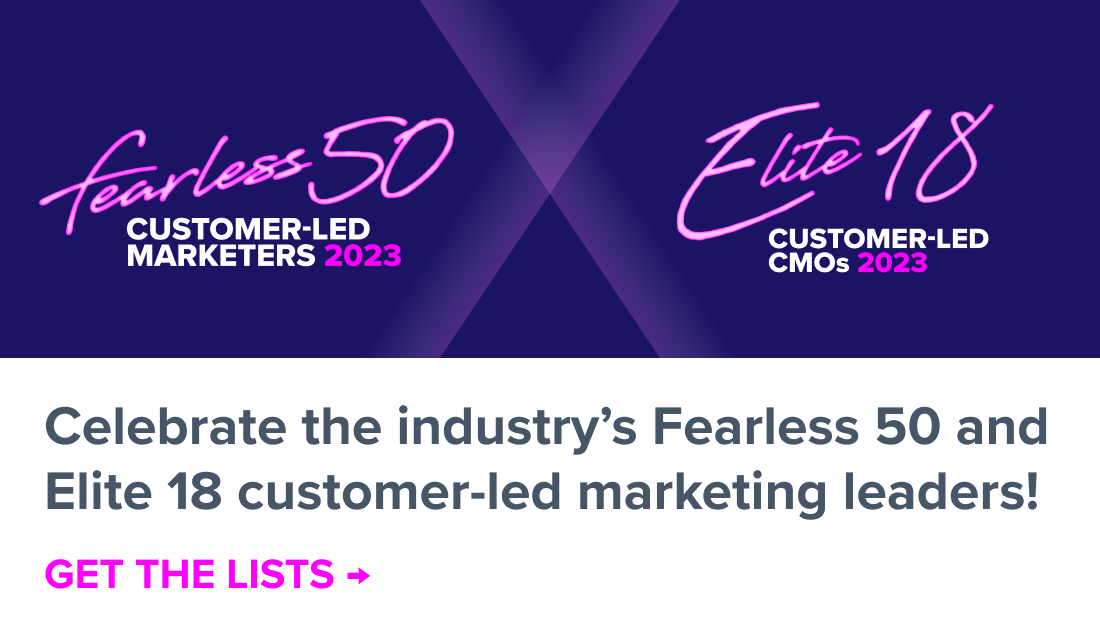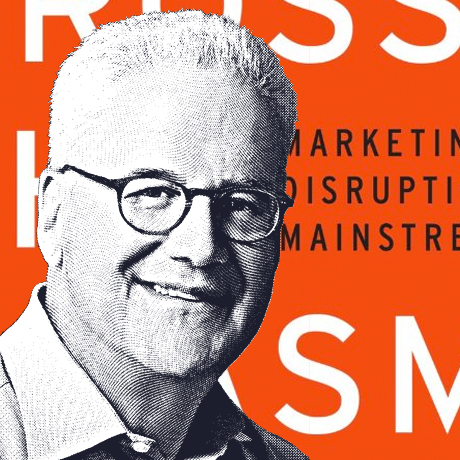In August of 1991, two important events altered the technology field forever:
- The world wide web blinked into public existence.
- Geoffrey Moore published Crossing the Chasm—which would become the “the bible for entrepreneurial marketing” for the next 26 years.
In Crossing the Chasm, Geoffrey outlined the ways disruptive technology companies could make the treacherous leap from small startup to market leader.
One widely-adopted principle from the book is Geoffrey’s model for telling a compelling brand story.
However, an oft-ignored method from his teachings is the concept of enlistment: the practice of leveraging early adopters to advocate for your solution to help win over pragmatic majority.
Today, good storytelling and customer enlistment go hand-in-hand for growing businesses. That’s why we’re elated to have Geoffrey speaking about user adoption strategies this December at Advocamp—the biggest customer engagement and advocacy event of the year.
We sat down with Geoffrey to talk about what’s changed (and what hasn’t) since Crossing the Chasm was first released, and how modern sales and marketing leaders can apply his wisdom in their go-to-market strategies.
p.s. If you want to use enlistment strategies to fuel your company’s growth, join us at Advocamp. (Prices go up Nov. 15!)
Q: You’ve talked about the four gears that companies need to keep spinning in order to grow: acquisition, engagement, monetization, and enlistment. The first three have clear organizational owners. But who owns enlistment—A.K.A. inspiring super fans to recruit the next wave of users?
Geoffrey: Everybody. You must build that into the culture of your firm. While it’s more of a team commitment than a program that can be owned, it does have to be led, perhaps by the person who owns customer engagement.
More and more, analyst firms are telling marketers to take charge of the post-sale customer experience and make advocacy a strategic initiative. We have to take this call seriously. In this noisy, digital, fragmented world, we need other people joining in a chorus to amplify our messaging. You can’t do it with your voice alone.
Q: In your book you talk about the idea of ‘informed intuition,’ where buyers purchase based on stories they heard rather than relying solely on analytical data. How can brands tap into this buying behavior?
Geoffrey: The informed intuition idea comes from the fact that it’s tough for entrepreneurs or buyers to make decisions early in their technology’s adoption lifecycle when there’s very little data. They have to make high-risk, low-data decisions and they have to make them quickly. If they spend time researching, they might might miss a window of opportunity. It’s economical for them to decide based on informed intuition.
That informed intuition is influenced by narratives, anecdotes, and stories. It’s transmitted through Word and PowerPoint, not Excel and numbers. It’s that compelling story that you hear from a customer and think, “That really speaks to me. I think I would like to invest my energy, and potentially even my capital, in that story.”
Q: Do you think there are ways marketers and salespeople can tap into that when engaging potential buyers?
Geoffrey: I think so. What they need to do is become storytellers. If you’re a salesperson or marketing person and you’re communicating with one of the audiences that you want to build rapport with, tell stories that speak to you. The closer they are to your actual experience, the better. You can’t script these or they’ll sound artificial. None of this “I’m supposed to tell this because it’s the company’s story.” You must present the story as a genuine gift.
Every convincing narrative has two parts: there’s the story itself, and there’s the relationship between the story and the storyteller. When the two fit together well, we find it authentic—and that authenticity builds trust.
Q: I understand that you were an English major. Is that why you believe in the power of storytelling—and became an author?
Geoffrey: For me, writing is fun and I enjoy telling stories.
It’s funny, I’m a partner in a venture firm and at first I didn’t understand how I was going to add value. But after a while I realized that what I was listening for when entrepreneurs came to us were stories. I was evaluating them on their plot and credibility. That brought my first career and my second career together, which has been a great pleasure for me.
Q: Once a company figures out its story, gets traction among early adopters, and starts winning over the majority (thereby “crossing the chasm”)—should they adjust their marketing strategy?
Geoffrey: After initial success you must move on to telling stories to your pragmatist customers. They’re very different than the early adopters, who are all about “Just show me the cool stuff.”
Pragmatists are fanatical about what could go wrong. You end up migrating your focus away from trying to have the hippest, newest features to what we call ‘the whole product’—meaning all of the other parts of the solution that have to fit together if the customers are really going to get value.
Q: In this age—where B2B buyers use social media, technology reviews, and backdoor references to make buying decisions—how has the advice you gave in Crossing the Chasm changed?
Geoffrey: In the old days, the media, the analysts, and the experts were relatively contained. You used to take a press tour, go to Boston to talk to the technical analysts, and go to New York to talk to the financial analysts. It was less than 100 people total. If you persuaded these elite, everybody else would eventually get in line. Today, there are thousands of people who are blogging within certain domains.
What’s new is that the most definitive voice can often come out of nowhere. Often you didn’t even know this person was going to be important until they just started talking and you realize, “Good Lord, everybody’s listening to this person.” This is obviously very hard to control or manage.
Q: There’s research by Nielsen that suggests that people trust strangers’ opinions online more than they do advertisements. Why do you think that is?
Geoffrey: I don’t think they actually trust the stranger. What they trust is their reaction to the stranger’s narrative. That’s where the power is coming from. The language that the person is using is what’s resonating with people. That authenticity is what they give their allegiance to.
With digital media, if you’re doing something inauthentic, it shows quickly. It just doesn’t work. You end up setting yourself back, even though you’re trying to be helpful. This idea of authenticity—which seems to be a bit of a buzzword—really has a huge impact in this era.
Want to hear Geoffrey Moore live? Join us at Advocamp!










































